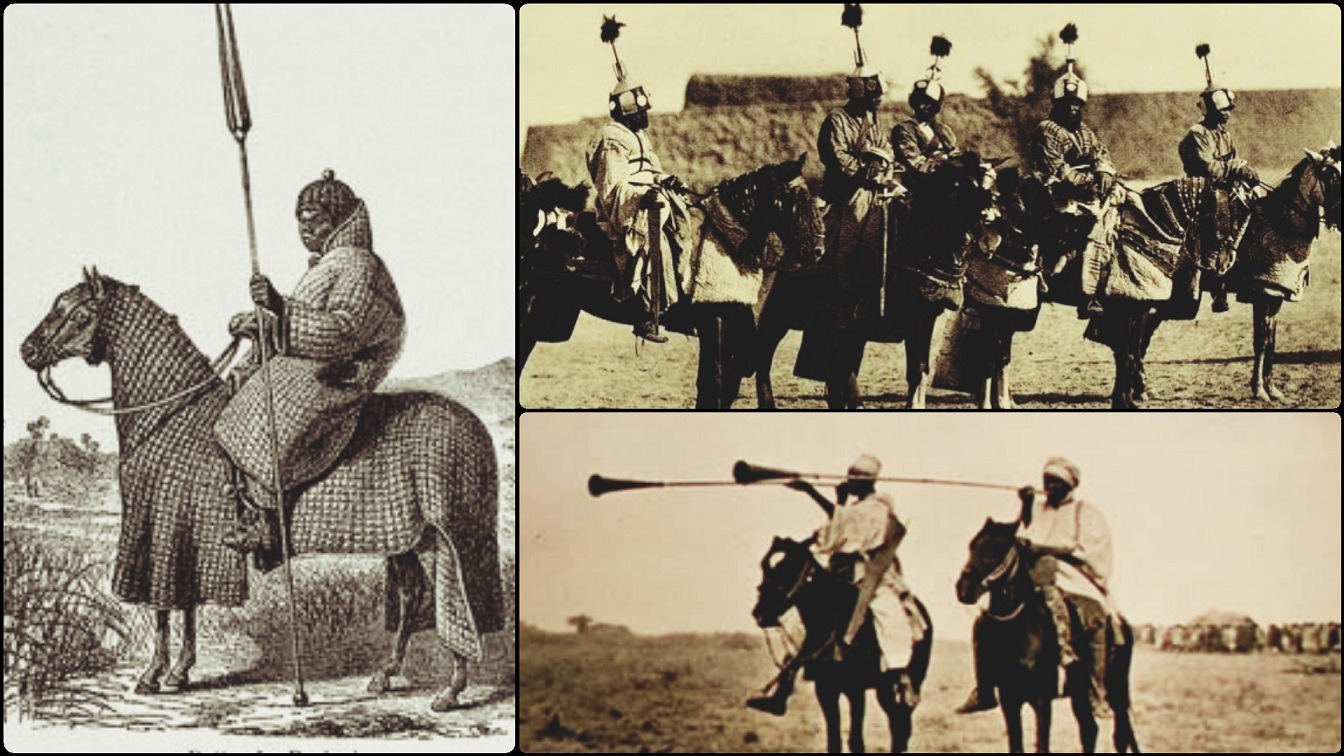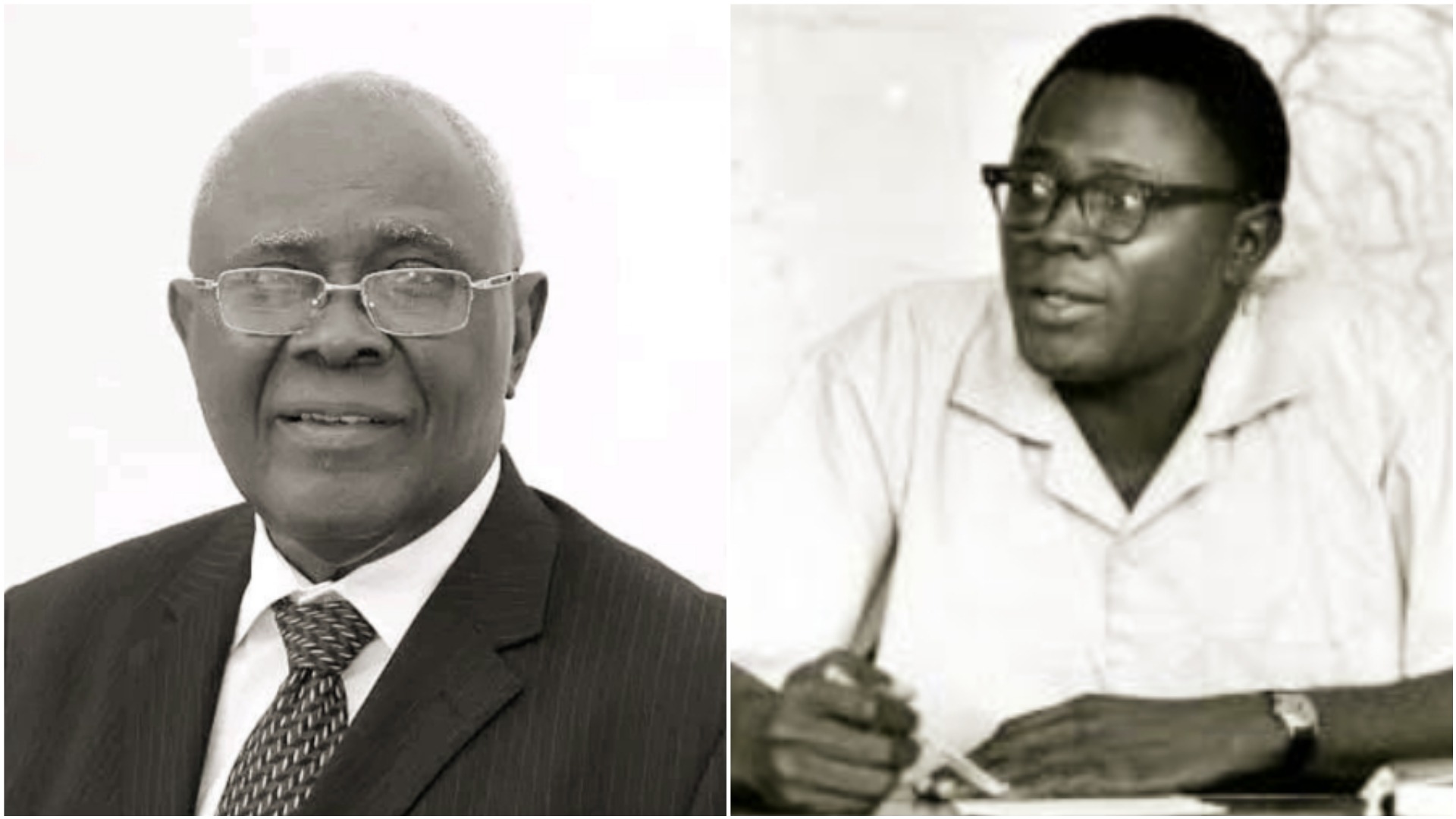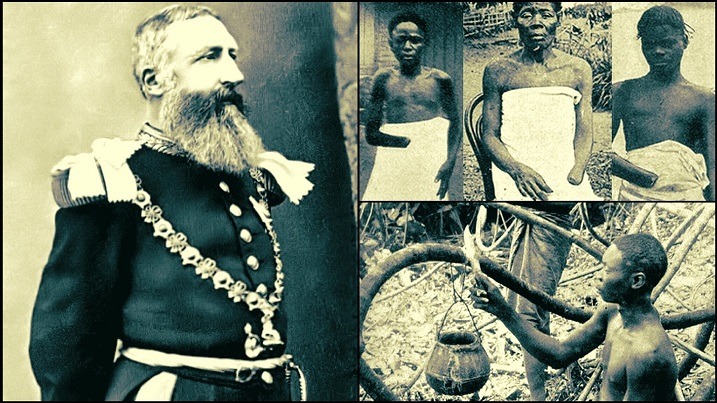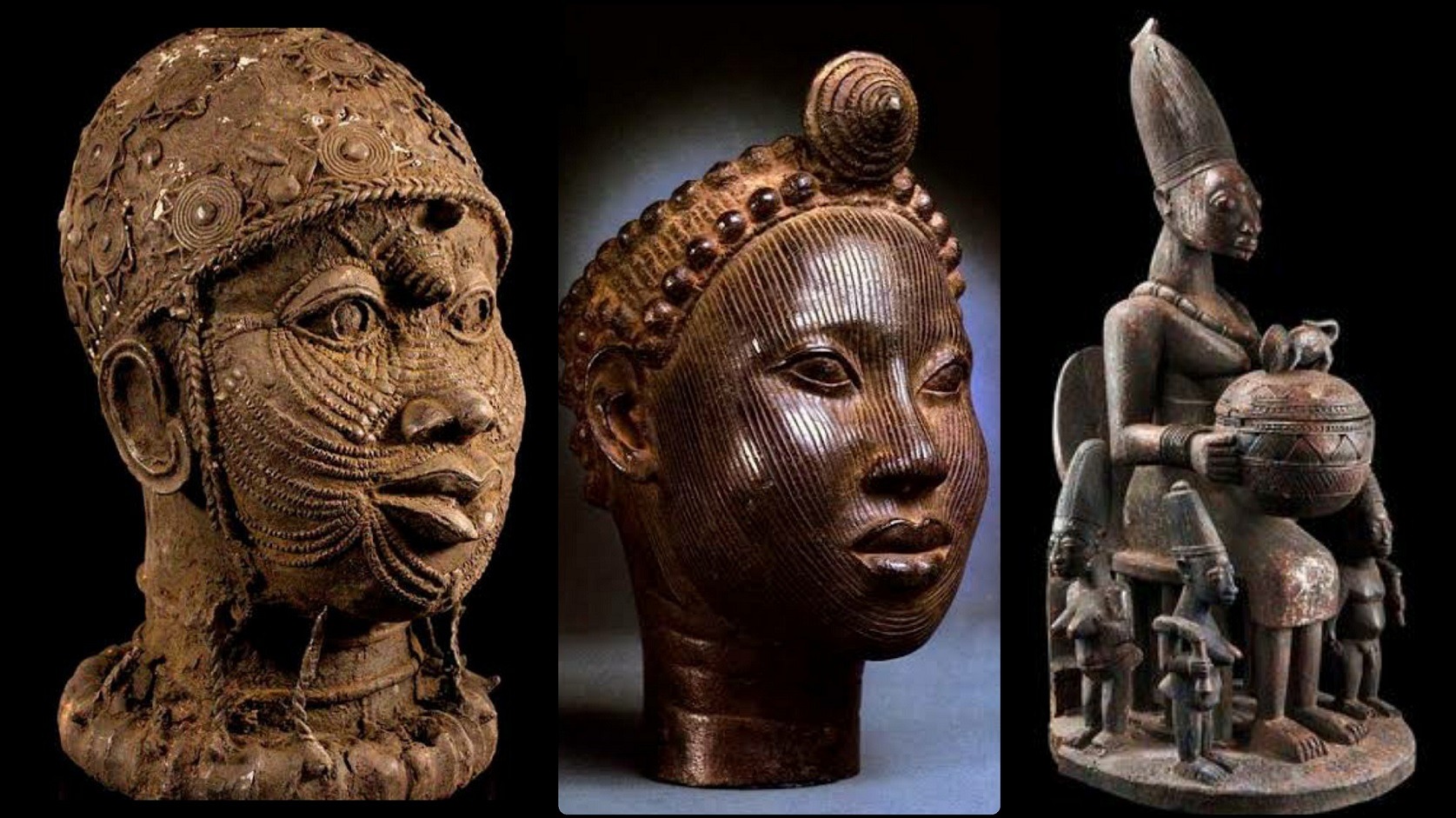The Kanem-Bornu Empire was an African trading empire that was ruled by the Sef (Sayf) dynasty that controlled a large swathe of the regions around Lake Chad from the 9th to the 19th country. Much of its territory, at various times of its existence, includes what is today known as southern Chad, northern Cameroon, north-eastern Nigeria, eastern Nigeria, and southern Libya.
The history of the Kanem-Bornu empire actually predates the 19th century, when Arabic writers from North Africa took note of the kingdom of Kanem, situated east of Lake Chad. Back then, the lake was a much larger body of water, compared to its present-day size and its basin pulled in settlements and encouraged settlers to exchange goods and services along its banks.
A nomadic pastoral group, who were ancestors of the Kanuri, settled and established a close-knit, centralized state over those who were known as the Sao. From the beginning, links for trade extended as far as the Nile valley in Egypt. There is a growing body of evidence that Kanem established contact with the Christian kingdoms of Nubia before it was invaded and overrun by Muslims, who dominated the ruling kingdom of Kanem in the 11th century.
Having established their presence in Kanem, the rulers tried to move south and westward of the lake to take control too. By the 12th century, they have suffered a series of attacks by the Sao, forcing them to move their capital city to the west of the Lake Chad region, where they gradually lost control of a large chunk of the original Kanem.
For a while, Bornu was the preeminent power in central Sudan, with much of Hausaland included. According to the Bayajidda legend, the rise of a centralized political system of power in Hausaland was largely influenced by Bornu. Although the rulers of Bornu converted to the Islamic religion, the makeup of the monarchy stayed traditional matriarchal, with the queen’s mother and other female members of the royal family assuming considerable power.
The pre-Islamic belief was much present in the manner and way the monarch was selected, how the coronation rites were done, and other bases of royal authority. Fiefs were granted to the princes and other members of the royal family, who were then posted far away from the capital to establish their dominance and govern frontier zones. Slaves, in turn, were given the roles of guards and palace officials.
Around the 14th century, the Bulala people managed to force the Sey to abandon Kanem, leading them to the movement of the capital from Njimi in the northeast of Lake Chad to Birni Ngazargamu in Bornu, in the western part of lake chad. There, it remained even after Kanem was overrun and retaken around the early 16th century.
Things took a dramatic turn around the beginning of the 19th century when the Fulani of present-day Nigeria disputed Bornu’s dominance over the rest of the Hausa state lying to the west of Lake Chad. They drove Ahmad from his base in the capital around 1808. However, they were later expelled by the welcome intervention of Muhammad al-Kanami, a scholar, warrior, and diplomat whom Ahmad ran to ask for aid. He also volunteered to assist Ahmad’s successor, Dunama, against the ravaging raids carried out by the Fulani, assuming indirect control of Bornu in the process, although not fully able to establish real power. The Sef dynasty came to an end in 1846.
Sources:
https://www.britannica.com/place/Nigeria/History#ref517337
https://www.britannica.com/place/Kanem-Bornu






